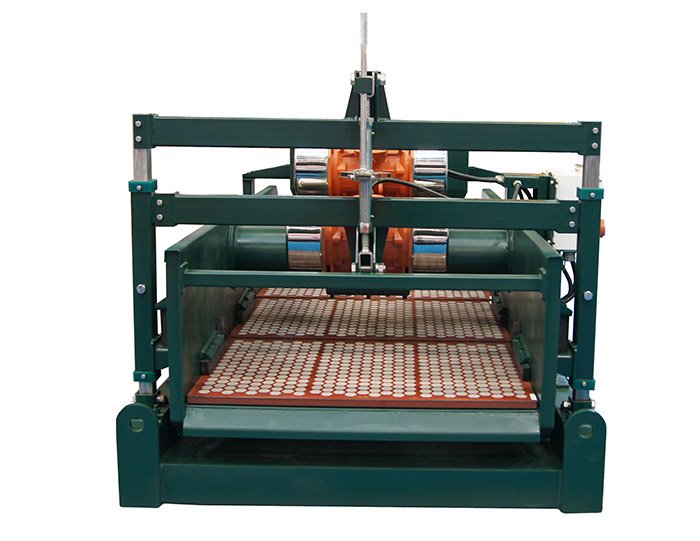Understanding Mud Pumps A Vital Component in Drilling Operations
When discussing drilling operations in the oil and gas industry, one cannot overlook the importance of mud pumps. These robust machines play a crucial role in ensuring the efficiency and safety of drilling activities. This article will delve into the functions, types, and significance of mud pumps, shedding light on why they are indispensable for modern drilling operations.
What is a Mud Pump?
A mud pump is a type of centrifugal pump specifically designed to circulate drilling fluid, commonly referred to as mud. This fluid serves multiple purposes, including lubricating the drill bit, stabilizing the borehole, cooling the drill, and carrying cuttings to the surface. Without an effective mud circulation system, drilling operations can face a myriad of challenges, including equipment wear, borehole collapse, and decreased efficiency.
Types of Mud Pumps
Mud pumps typically fall into two main categories positive displacement pumps and centrifugal pumps.
1. Positive Displacement Pumps These pumps work by trapping a fixed amount of fluid and forcing that volume into the discharge pipe. They are known for their ability to handle high viscosity muds and maintain a consistent flow rate, regardless of pressure changes. The most common type of positive displacement pump used in drilling is the triplex pump, which has three plungers, allowing for a steady flow of drilling fluid.
2. Centrifugal Pumps Centrifugal mud pumps operate by converting rotational energy into hydrodynamic energy. While they are generally used for less viscous fluids, they can achieve higher flow rates than positive displacement pumps. However, they are less effective at maintaining a constant flow under varying pressures, making them less common in heavy-duty drilling applications.
Key Functions of Mud Pumps in Drilling
mudpump
The primary function of a mud pump is to circulate drilling mud through the drilling assembly. This circulation is vital for several reasons
- Cuttings Removal As the drill penetrates the earth, it generates rock cuttings that must be removed efficiently to maintain a clear path for the drill bit. Mud pumps ensure that these cuttings are transported to the surface and away from the drill.
- Pressure Control Maintaining the right pressure within the borehole is critical to prevent collapses and blowouts. Mud pumps help regulate this pressure, allowing for safer drilling operations.
- Cooling and Lubrication The drilling process generates significant heat, which can damage the drill bit and surrounding equipment. Mud pumps circulate the drilling fluid to keep the drill cool and lubricated, extending equipment life and improving efficiency.
Importance of Maintenance and Upgrades
Given the demanding conditions under which mud pumps operate, regular maintenance is essential. Operators must monitor wear and tear, ensure proper lubrication, and check for any leaks or performance issues. Investing in upgrades, such as automation and advanced monitoring systems, can further enhance the performance and reliability of mud pumps.
Conclusion
Mud pumps are a cornerstone of successful drilling operations in the oil and gas industry. Their ability to circulate drilling fluid efficiently plays a critical role in optimizing performance, enhancing safety, and minimizing operational costs. As drilling technologies continue to evolve, so too will the design and functionality of mud pumps, ensuring they remain at the forefront of drilling innovations. Understanding and maintaining these vital machines is essential for any drilling operation aiming for success in today’s complex and competitive market.
 Linear Motion Shale Shaker In Drilling Rig
Linear Motion Shale Shaker In Drilling Rig  Oilfield Mud Cleaner
Oilfield Mud Cleaner  Drilling Fluid Decanter Centrifuge
Drilling Fluid Decanter Centrifuge  Drilling Mud Desander
Drilling Mud Desander  Hydrocyclone Desilter
Hydrocyclone Desilter  Centrifugal Pump/Centrifugal Mud Pump
Centrifugal Pump/Centrifugal Mud Pump  Shear Pump
Shear Pump  Jet Mud Mixer
Jet Mud Mixer  Horizontal Mud Agitator
Horizontal Mud Agitator  Constant Pressure Drilling Fluid Mud Gas Separator
Constant Pressure Drilling Fluid Mud Gas Separator  Mud Gun
Mud Gun  Mud Tank
Mud Tank  Solids Control System Vacuum Degasser
Solids Control System Vacuum Degasser  Flare Ignition Device
Flare Ignition Device  Diesel Tank
Diesel Tank  Submersible Slurry Pump
Submersible Slurry Pump 






































